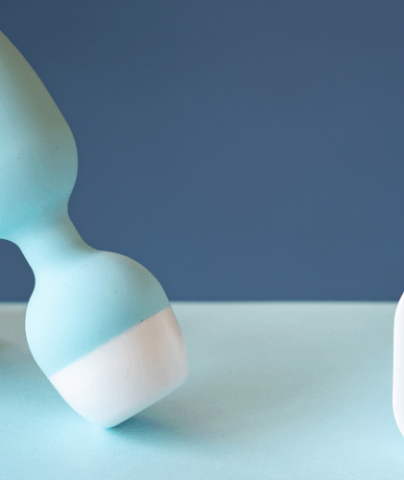
Pelvic floor therapy: why is it important?
Pelvic floor therapy is a topic you should take seriously. It plays an important role in the treatment of different types of urinary incontinence such as stress urinary incontinence, as well as urge and mixed incontinence.
On social media, we are sometimes told that after pregnancy we should immediately look like we did before. The priority is to have a flat stomach or a tight bottom. However, a “strong” pelvic floor is much more important. Our pelvic floor supports our pelvic organs and helps relieve lumbar and other back pain! In short, there are 1000 reasons why pelvic floor exercises are necessary.
Pelvic floor exercises are important at any age
The aim of pelvic floor therapy is to learn how to correctly target and contract the pelvic floor muscles. Surely you have heard about this before? And you wonder why your physiotherapist or your midwife is so insistent on postpartum exercises? Because the pelvic floor muscles are used throughout life. Whether postpartum, during menopause, or “just” to improve your love life, you should take postpartum recovery seriously.
Why should I consider a pelvic floor therapy?
The pelvic floor is a group of muscles which is located in the pelvis. It extend from the posterior top of the pubic bone to the coccyx. Simplified, it can be compared to a kind of hammock that surrounds and supports our organs. It can be weakened during certain events, such as childbirth or physical activities like sports.
Prevention first!
The case of Johanna, 27 years old, shows once again that prevention is better than cure. Several women in Johanna’s family suffer from a prolapsed uterus; Johanna should have trained her pelvic floor before pregnancy. Johanna would have been spared some problems after the birth if she had already taken preventive pelvic floor training before pregnancy.

Pelvic floor therapy – who is concerned?
Pelvic floor training is for people suffering from urinary leaks and people wishing to prevent them. Various methods are available to train your pelvic floor. These include postnatal exercises in a postpartum course with a midwife or physiotherapist, medical devices that work with electrical stimulation, cones or biofeedback trainers.

It is also prescribed in the following cases to treat:
Incontinence
Whether it is urinary, anal, or fecal incontinence, it often comes from bad pelvic floor control associated with muscle weakness. Pelvic muscles strengthening exercises improve the situation quickly.
Pelvic pain
Linked to delivery or not, pelvic floor therapy is a solution. Relaxing exercises are adapted to hypertonic pelvic floors, and physiotherapy treats pain caused by nervousness…
Sexual pain
Pelvic floor therapy, complementarily to breathing and relaxation techniques, can be a solution to learn how to contract your pelvic floor during penetration. It reduces painful symptoms during intercourse.
In prevention
We can easily avoid urinary leaks by doing Kegel exercises before giving birth. The patient is then aware of her pelvic floor and already knows how to contract and relax it.
No children = no pelvic floor issues?
Wrong! This is one of many prejudices about the pelvic floor. Martine, 50 years old and without children, proves the opposite. She decided to train her pelvic floor to continue running without suffering from a wet panty afterwards.




